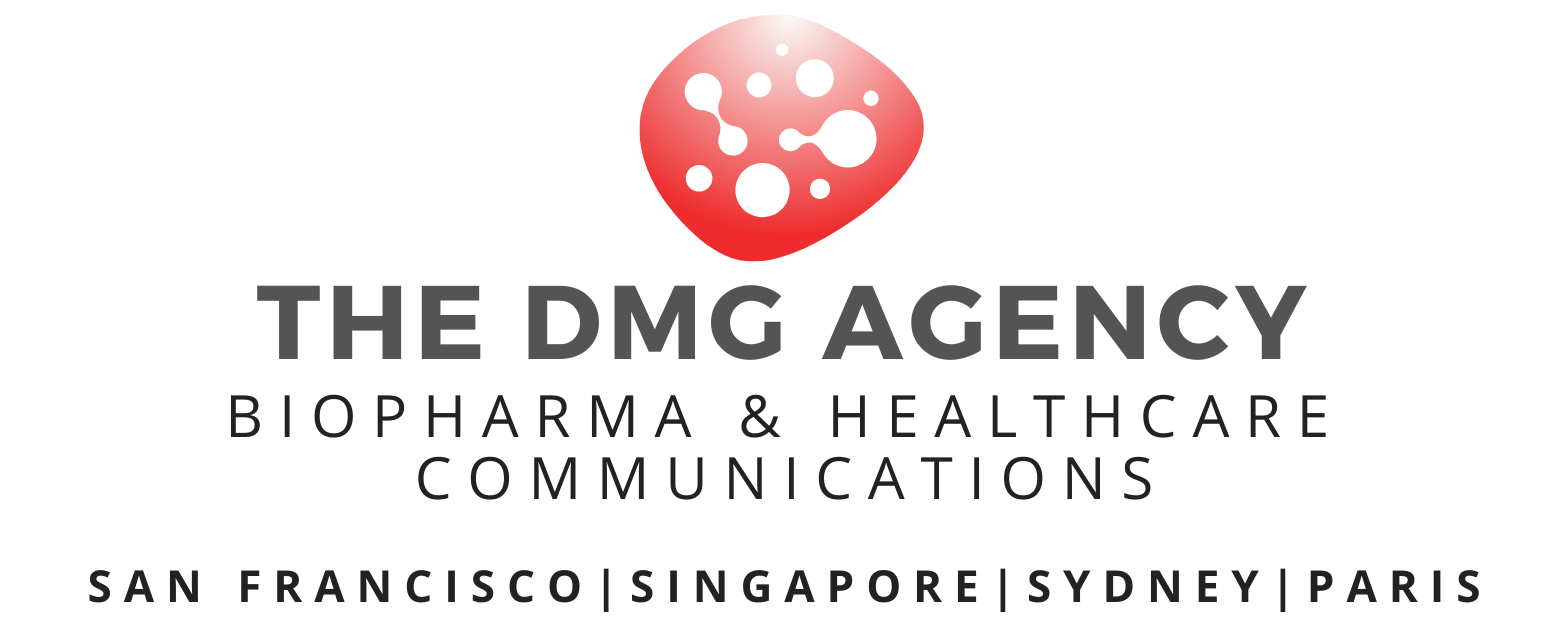In today’s fast-paced digital landscape, designing a marketing program that integrates digital and media channels is paramount to achieving sustained growth. As a senior digital marketing director, it is crucial to recognize the interconnectedness of these channels and leverage their combined power to maximize the impact of your marketing efforts. In this article, we will delve into the importance of designing an integrated digital and media marketing program and explore the key benefits it brings for driving growth.
1. Maximizing Reach and Engagement:
Integrating digital and media channels allows you to expand your reach and engage with a broader audience. While digital channels provide targeted and personalized interactions, media channels such as TV, radio, and print offer mass exposure to a diverse set of consumers. By designing an integrated marketing program, you can strike a balance between precision targeting through digital channels and creating brand awareness through traditional media. This comprehensive approach ensures that you reach a wider audience and optimize engagement across multiple touchpoints.
2. Building Consistent Brand Messaging:
Consistency in brand messaging is vital for establishing a strong brand identity and resonating with your target audience. An integrated marketing program ensures that your messaging remains consistent across all digital and media channels. Whether it’s your website, social media profiles, TV commercials, or print ads, maintaining a cohesive brand message reinforces brand recall and fosters trust among consumers. By aligning your digital and media marketing efforts, you create a unified brand experience that amplifies your messaging and drives growth.
3. Leveraging Synergy and Cross-Channel Optimization:
An integrated marketing program enables you to leverage the synergy between digital and media channels, unlocking greater value from each. For instance, digital channels can drive traffic to your website or landing pages, while media channels can amplify your digital campaigns by reaching a wider audience. By analyzing data and insights from both digital and media channels, you can optimize your marketing strategies in real-time. This cross-channel optimization empowers you to allocate resources more effectively, maximize campaign performance, and ultimately drive growth.
4. Enhancing Customer Experience:
In today’s customer-centric era, providing exceptional customer experiences is paramount. An integrated marketing program allows you to deliver a seamless and consistent experience across all touchpoints. By aligning your messaging, visuals, and user experiences, you create a cohesive journey for your customers, regardless of the channel they engage with. Whether it’s a social media ad, a website visit, or a TV commercial, customers should feel a unified brand presence. This holistic approach fosters customer loyalty, increases satisfaction, and drives long-term growth.
5. Expanding Data Insights and Analytics:
Data is the foundation of effective marketing strategies, and an integrated marketing program provides a wealth of data insights and analytics. By combining digital and media channels, you gain a holistic view of customer behavior, preferences, and campaign performance. Advanced analytics tools enable you to extract valuable insights from data collected across different channels, allowing you to make data-driven decisions and optimize your marketing initiatives. These insights help you understand the effectiveness of each channel, identify opportunities for improvement, and drive growth through continuous optimization.
6. Optimizing Marketing Budget Allocation:
Integrating digital and media marketing allows you to optimize your budget allocation for maximum impact. By analyzing the performance and ROI of each channel, you can determine the most cost-effective strategies. For instance, if digital channels are generating higher conversions at a lower cost, you can allocate more budget towards digital marketing initiatives. Conversely, if media channels are reaching a wider audience and increasing brand awareness, you can invest accordingly. This data-driven approach ensures that you allocate resources where they can deliver the best results, leading to improved growth and ROI.
7. Staying Ahead of Competitors:
In today’s competitive landscape, businesses must be agile and adaptable. Designing an integrated digital and media marketing program sets you apart from competitors who may still operate in silos. By embracing integration, you can create a seamless and impactful brand presence that resonates with your target audience. The ability to reach customers through various channels while maintaining consistency and personalized experiences gives you a competitive edge. An integrated approach positions you as a forward-thinking brand, driving growth and outperforming competitors.



